A painter secluded in an atelier, poets exchanging thoughts in a back-alley café, a composer listening to the silence of the night—beside each of them was always a cup of coffee.
Looking back through history, coffee was more than just a beverage. It illuminated countless artistic movements and served as a quiet witness to their birth.
Where creativity and the aroma of coffee meet, what was created, and what was spoken?
This article unravels the profound and rich relationship between artists and coffee from the perspectives of history, culture, and human sensibility.
- Why artists couldn’t live without coffee
- The close ties between Paris cafés and the Impressionist movement
- Coffee’s influence on music, literature, and painting
- How contemporary art and cafés together shape new cultural landscapes
The Intersection of Creation and Stimulation: Why Artists Are Drawn to Coffee
Coffee is more than just a beverage.
It serves as a source of creativity and a vital companion for artists seeking inspiration.
It awakens the senses, sharpens perception, and deepens thought—all contained in a single cup.
The connection between art and cafés transcends time, constantly evolving while maintaining its strong pulse even today.
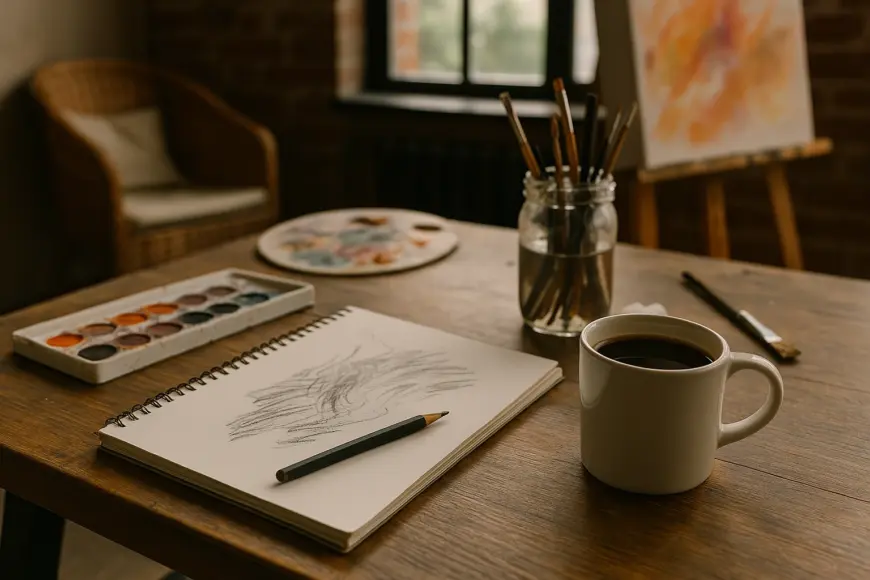
Creative Work and Stimulation: What Coffee Means to Artists
One of the main reasons many artists have loved coffee is its powerful stimulating effect.
Coffee helps fight drowsiness, sharpens the senses, and supports sustained creativity.
French poet Baudelaire and painter Cézanne are known to have kept strong coffee close by to maintain their creative rhythm.
- Enhanced concentration from caffeine
- Sustained focus for long creative sessions
- Drinking rituals help stabilize emotions
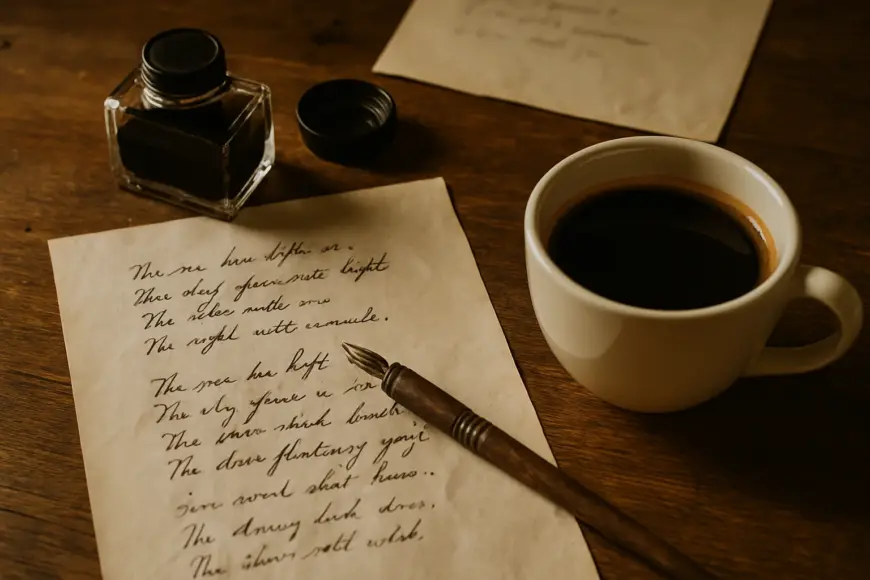
Cafés as Spaces Between the Everyday and the Extraordinary
Cafés were not merely places to drink coffee—they were “spaces” essential to the lives of artists.
They offered music, conversation, aroma, light, and even silence.
For artists, cafés were gateways from the noise of daily life into the extraordinary world of creation.
This is why Modigliani and Picasso found value in the time they spent in cafés.
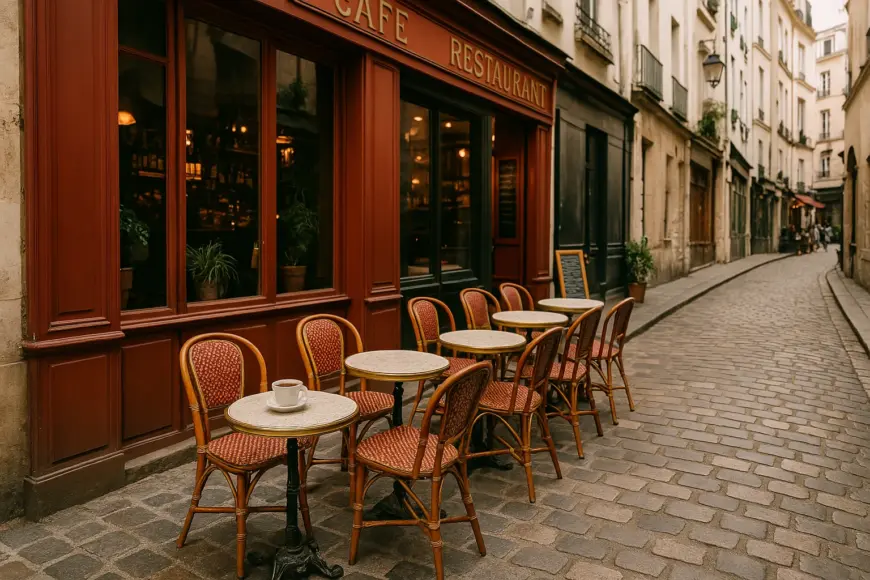
The Historical Connection Between Art and Cafés
When we trace history, cafés reveal themselves not merely as places to enjoy drinks and food, but as crucial intersections of culture and art.
From the 19th to early 20th centuries, especially in Europe, cafés served as fertile ground for artistic movements that would go on to shape the ages.
Artists, thinkers, and poets gathered around steaming cups of coffee, exchanging ideas and igniting their creativity, which often culminated in works that left their mark on history.
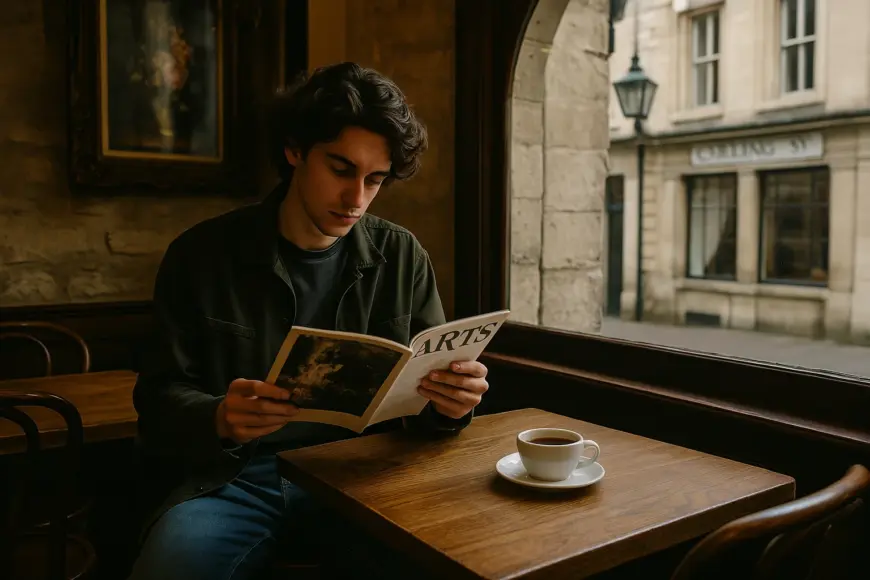
Parisian Café Culture and the Rise of Impressionism
Around Montmartre and Saint-Germain-des-Prés in Paris, legendary cafés still echo the spirit of the 19th-century art scene.
These establishments were frequented by great Impressionist painters like Edgar Degas, Édouard Manet, and Claude Monet.
They conversed, observed, and captured ordinary scenes from daily life while seated in these vibrant social hubs.
The aroma of coffee and the ambient hum of the city acted as a catalyst, enhancing their creative instincts.
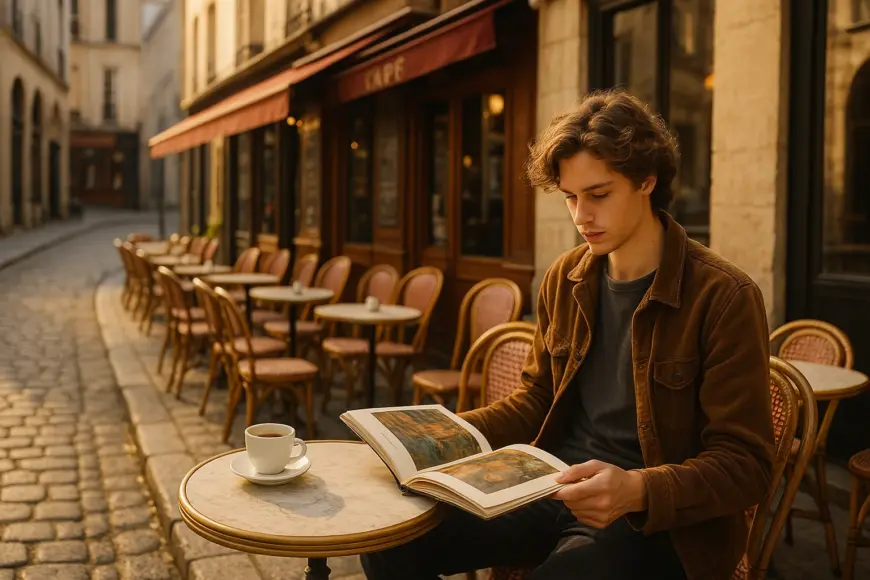
Literary Salons and Cafés: Clashes of Thought and Word
Cafés also flourished as intellectual arenas in the form of literary salons.
In early 20th-century Paris, philosophers like Jean-Paul Sartre and Simone de Beauvoir gathered at Café de Flore and Les Deux Magots to debate existentialism and craft new philosophies.
For them, coffee was the fuel of thought, a stimulant that gave rhythm to their writing hands.
The smell of ink on open manuscripts and the lingering intensity of dark coffee in a cup reflected the tension and brilliance of these philosophical encounters.
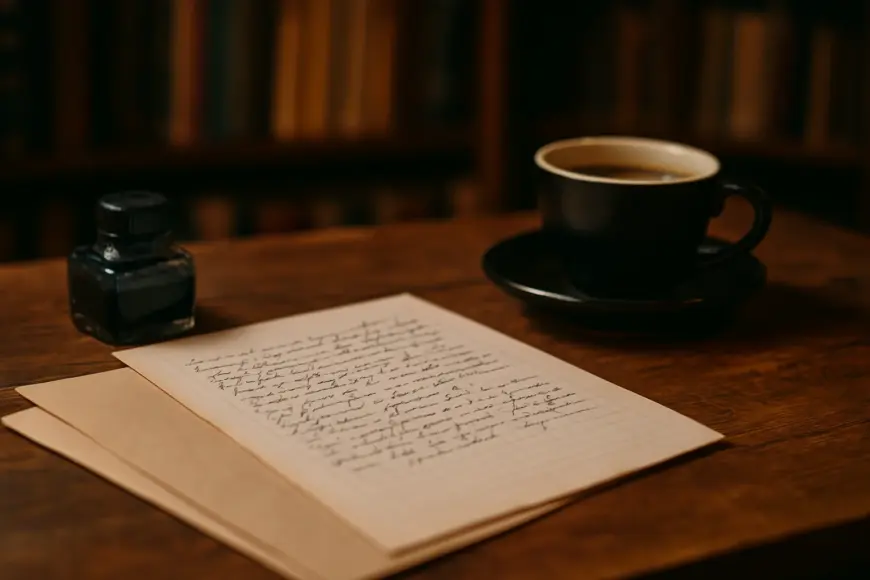
Coffee as a Source of Artistic Expression
Coffee is more than just a beverage.
For artists, it serves as a spark of inspiration and a key to unlocking their creative senses.
In this section, we explore how coffee has accompanied various forms of expression, particularly in music and visual arts.
Music and Improvisation: The Resonance of Jazz and Coffee
Coffee shares a profound affinity with the improvisational spirit of jazz.
Beloved by countless jazz musicians, its presence is almost ritualistic.
Within the smoky air of jazz clubs, steaming mugs often sit beside the performers.
These cups don’t simply serve as refreshment—they sharpen focus, awaken the mind, and fuel the creative energy needed for extended sessions.
In such spaces, the aroma of coffee becomes part of the performance itself, interwoven with the rhythm and soul of the music.
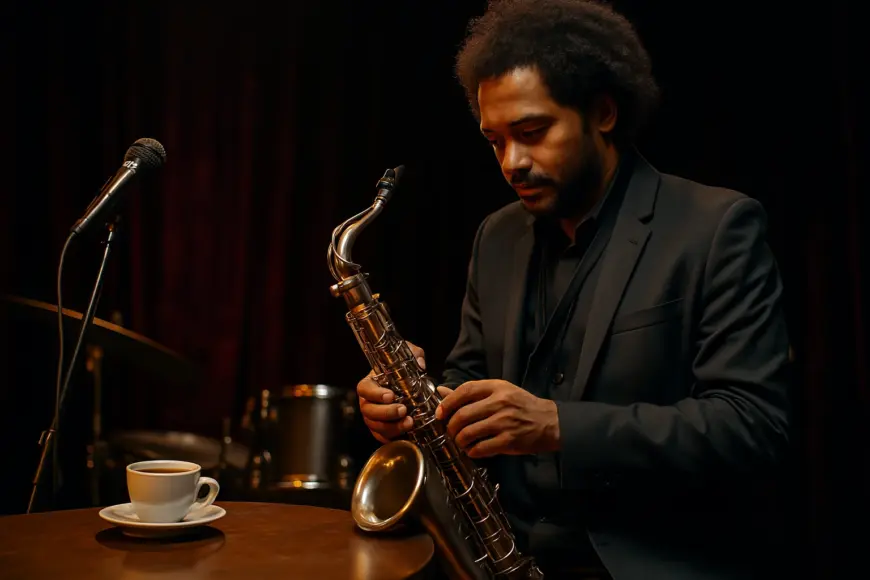
Painting and the Stirring of Sensibility: A Cup That Moves the Brush
In the solitude of a studio, the aroma of a steaming coffee cup gently stirs an artist’s thoughts.
That warmth guides emotional shifts and directs the tip of the brush.
Imagine an overcast afternoon, faint light filtering through a window onto the canvas, while the artist contemplates composition with a cup in hand.
The roasted, slightly bitter scent syncs with the rhythm of creation.
Guided by that fragrance, soft brushstrokes begin to emerge.
Coffee, in this intimate process of creation, becomes an invisible but indispensable tool—always there, always silent.
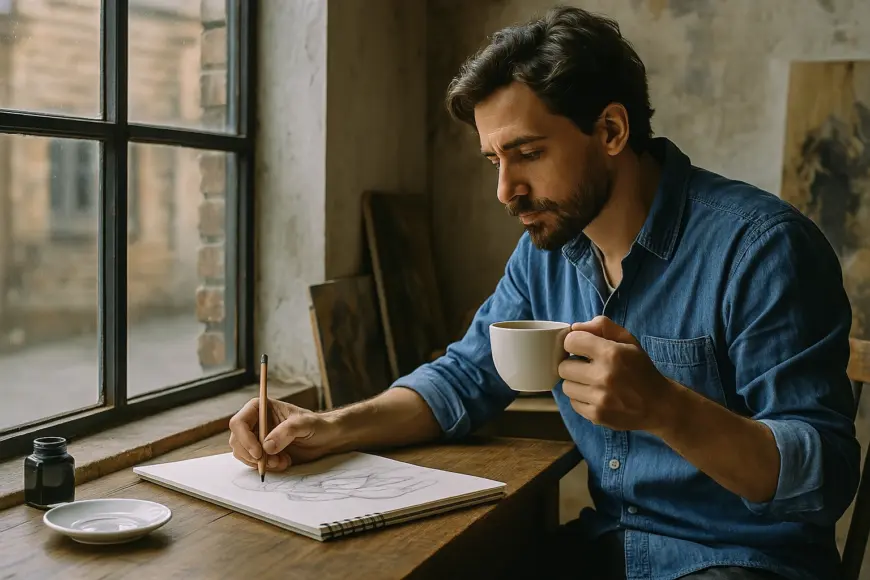
The Intersection of Contemporary Art and Coffee
In today’s art scene, coffee continues to thrive as an integral part of expression.
Its aromatic stimulation, the spaces it creates for interaction, and its ability to connect people with art make it an indispensable element in creative environments.
New Encounters Born in Gallery Cafés
In recent years, it has become common for art galleries to incorporate café spaces within their premises.
Behind this trend lies the unique “pause for reflection” that coffee offers.
Rather than simply viewing art, sipping coffee afterward allows visitors to linger and absorb the emotional residue of the experience more deeply.
- Café spaces naturally foster conversations about the art just experienced
- Visitors who come for the coffee often encounter unexpected artistic inspiration
Through this fusion, the boundaries between art and everyday life, appreciation and routine, artworks and people begin to blend.
This movement to make art more approachable, less formal, will only continue to grow stronger.
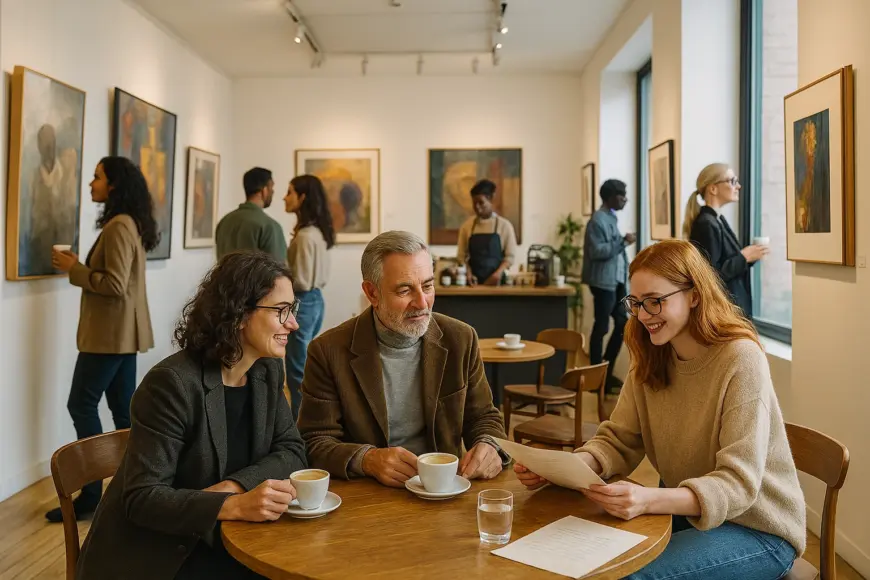
The Role of Coffee Stands in Art Events
At art festivals and pop-up exhibitions—where art opens itself to the city—coffee stands offer more than just refreshments.
They become warm anchors in the space, encouraging people to pause, setting a rhythm, and creating an inviting atmosphere that enhances engagement with the art.
For instance, conversations with artists often begin over a cup of coffee.
A single cup can unlock layers of emotion and inspiration behind a piece.
- Coffee functions as a mediator, bringing flow and tempo to event spaces
- It becomes a tool for natural interaction between exhibitors and guests
In spaces scented with coffee, the tension around art quickly dissolves.
The conversations and connections that arise from that setting enrich the memory of the entire event.
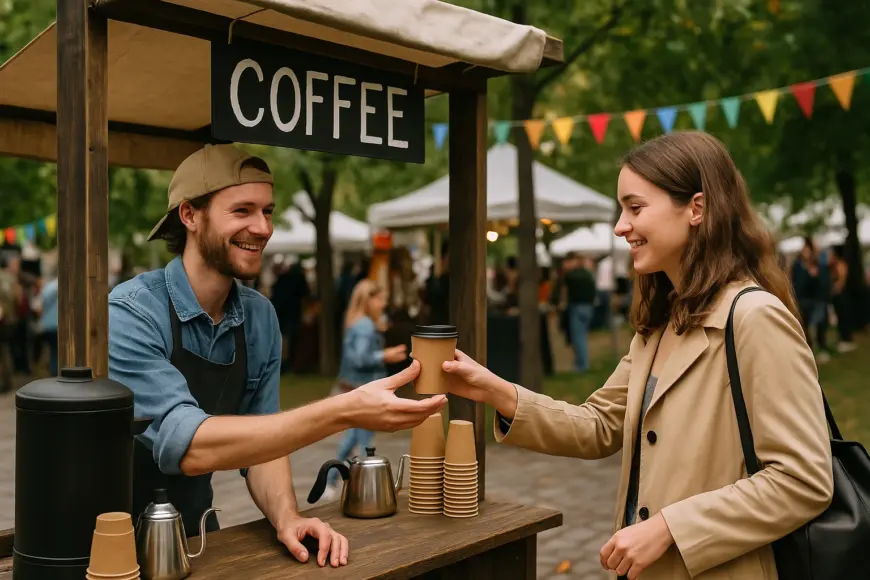
Conclusion: Coffee and Art—An Eternal Resonance
Coffee is more than just a beverage—it’s a source of culture deeply intertwined with the world of art.
Painters, musicians, poets, and contemporary artists have all drawn inspiration from a single cup, birthing countless masterpieces throughout history.
Cafés have long been sanctuaries of creativity and freedom, serving as timeless crossroads where art meets society.
- Coffee provided artists with both stimulation and inspiration
- Café culture, especially in Paris, has strongly influenced art movements
- The scent of coffee often filled the spaces where music and paintings came to life
- Today, galleries and events continue to bridge coffee and the art world
That cup of coffee beside you may just be the key to unlocking your next creative journey.
Feel free to share your own story about coffee and creativity in the comments below!




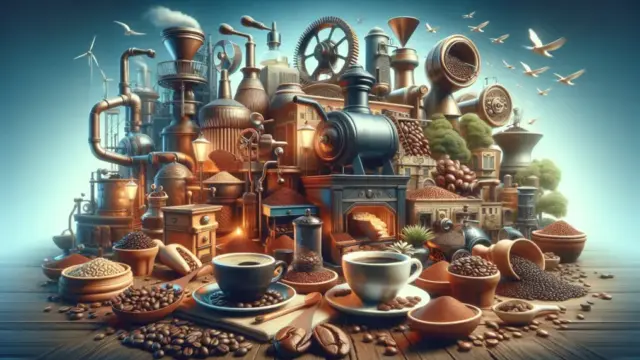
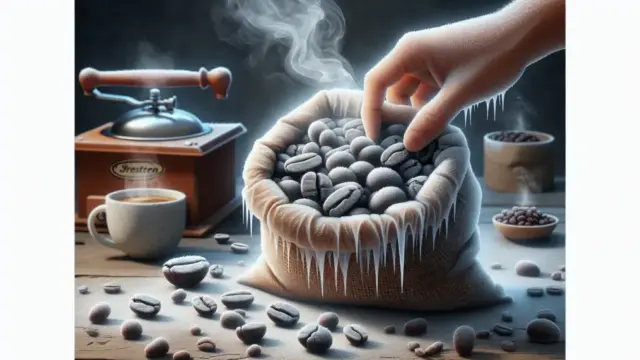






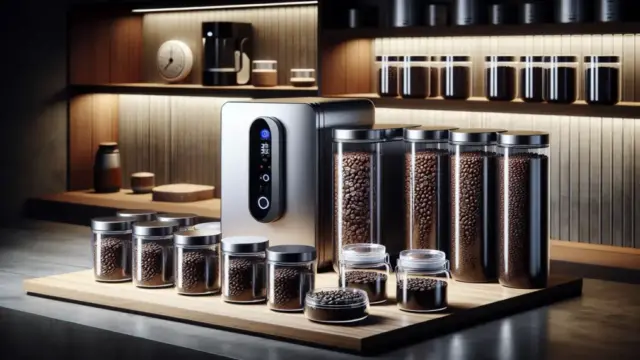
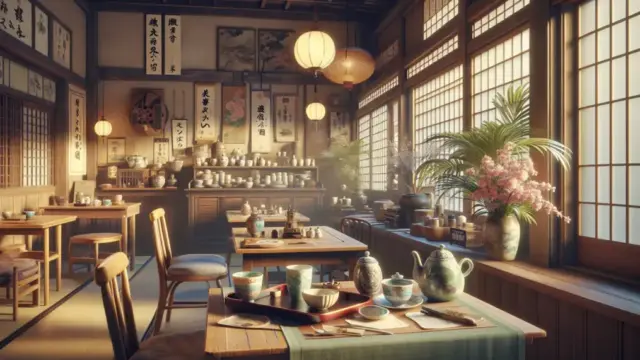
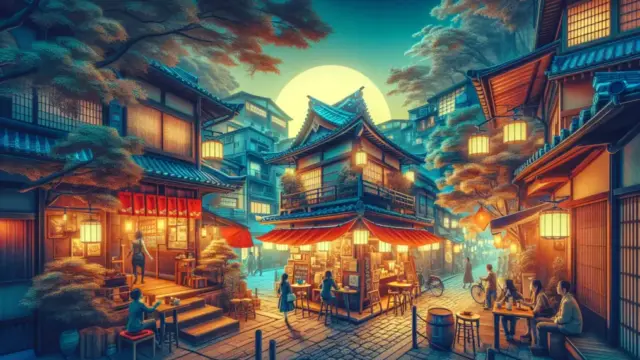


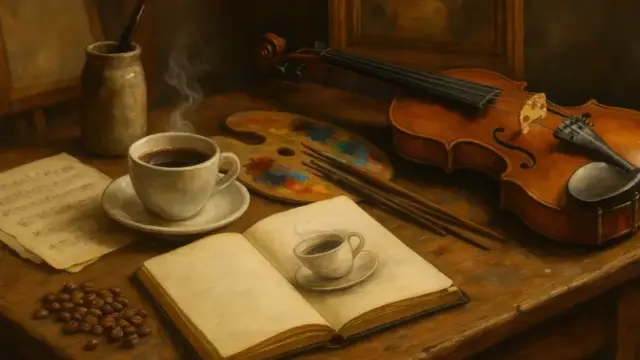


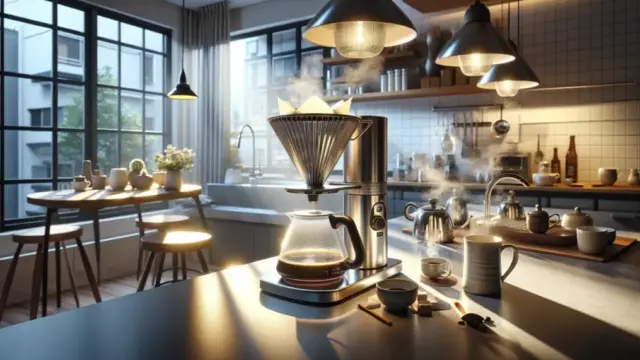




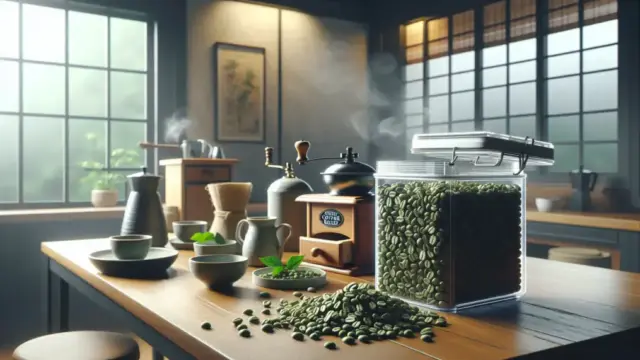

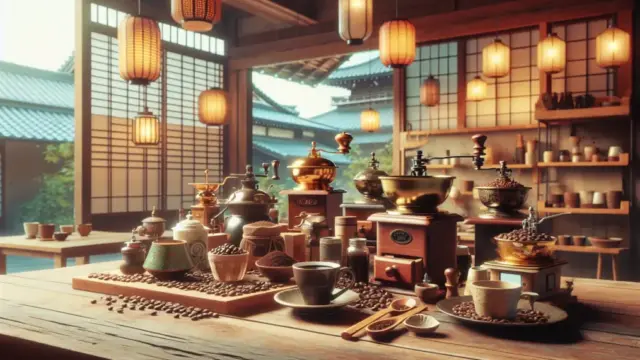


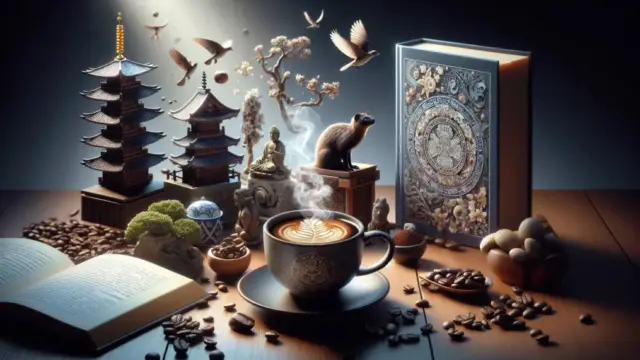
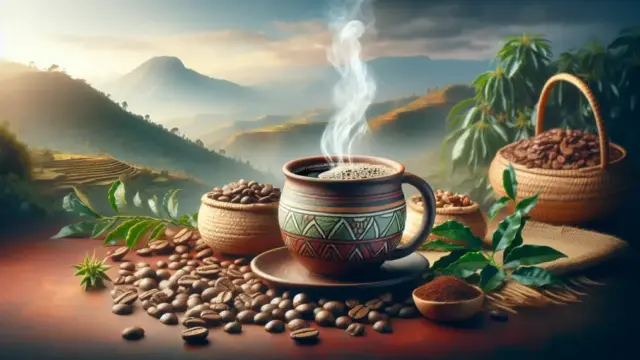
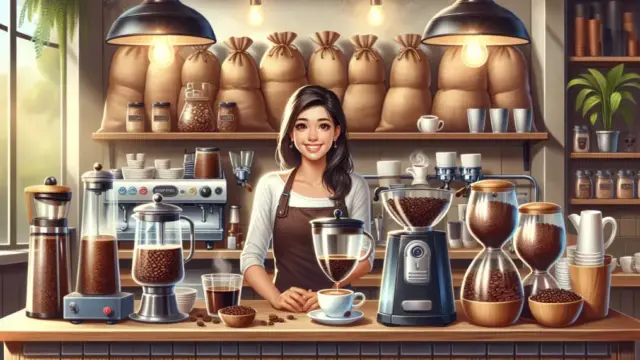


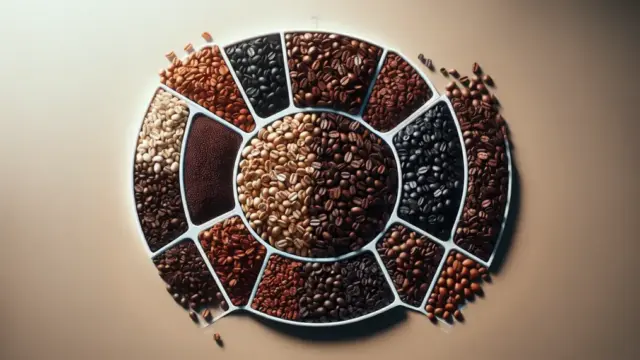




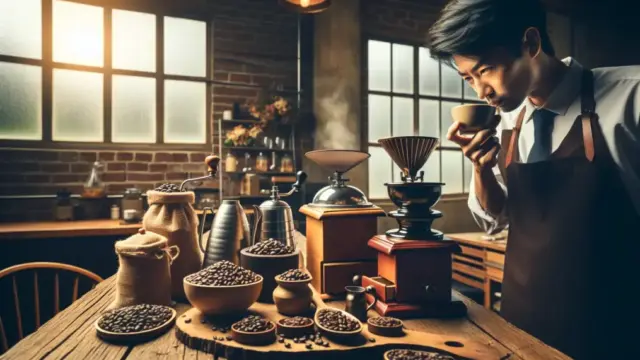

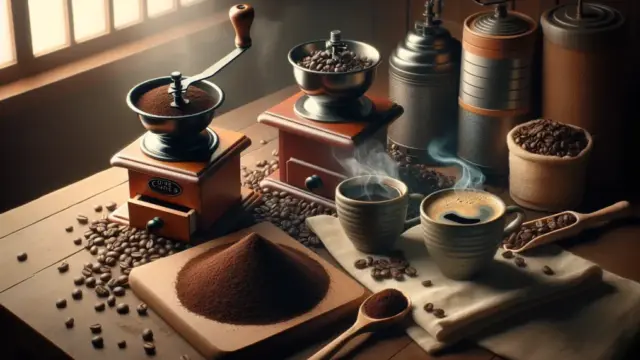




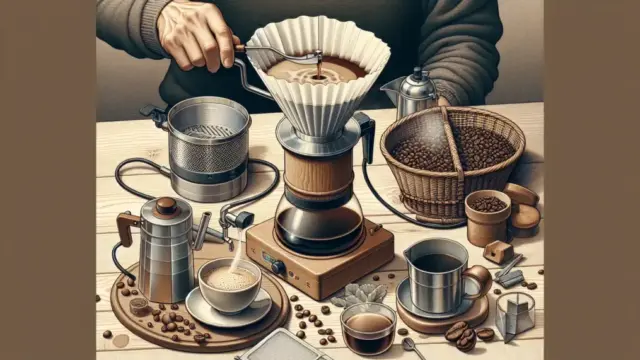





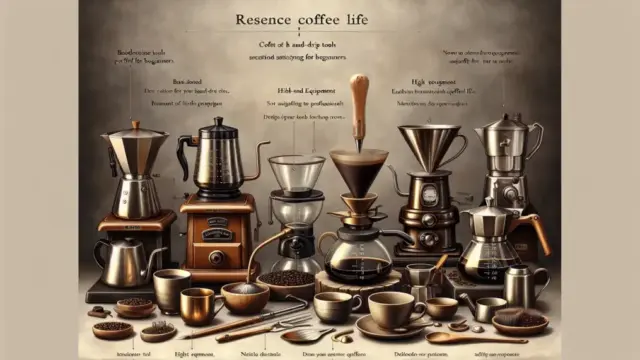




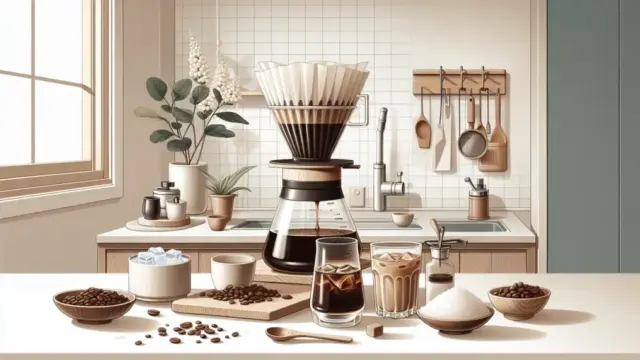
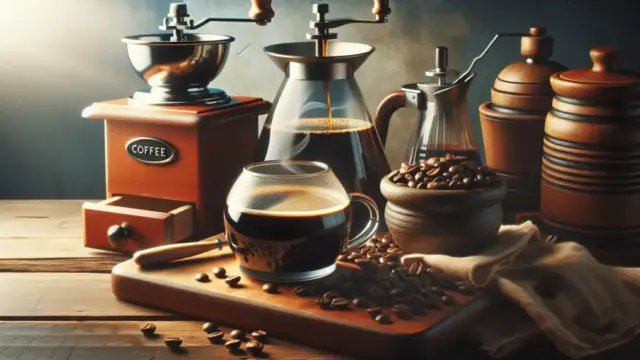


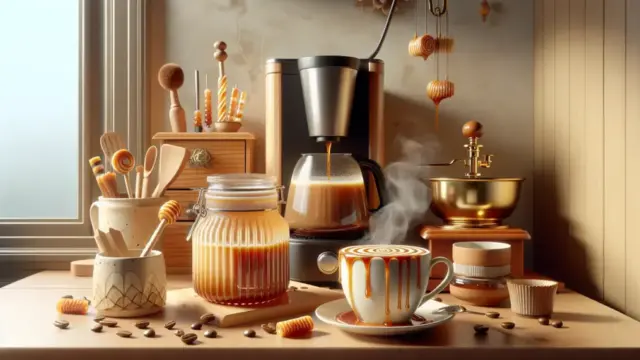


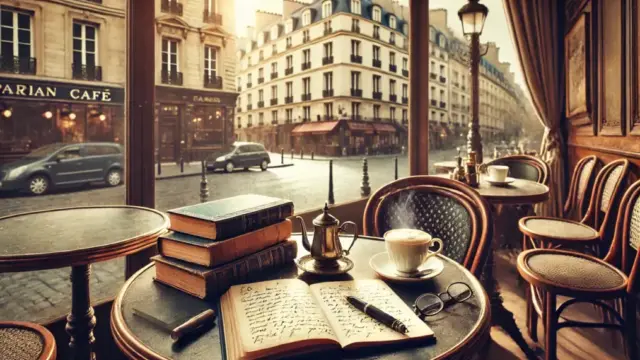


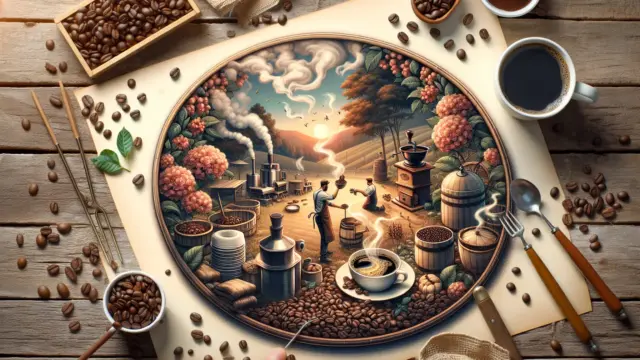



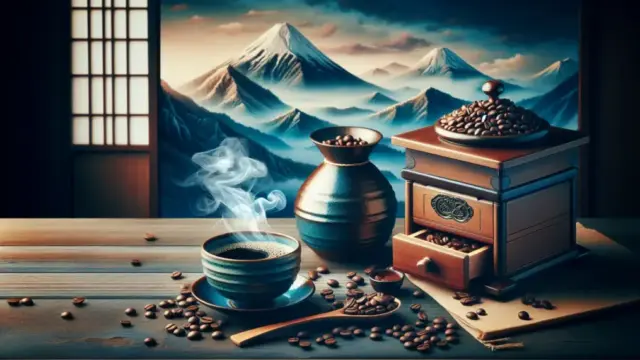
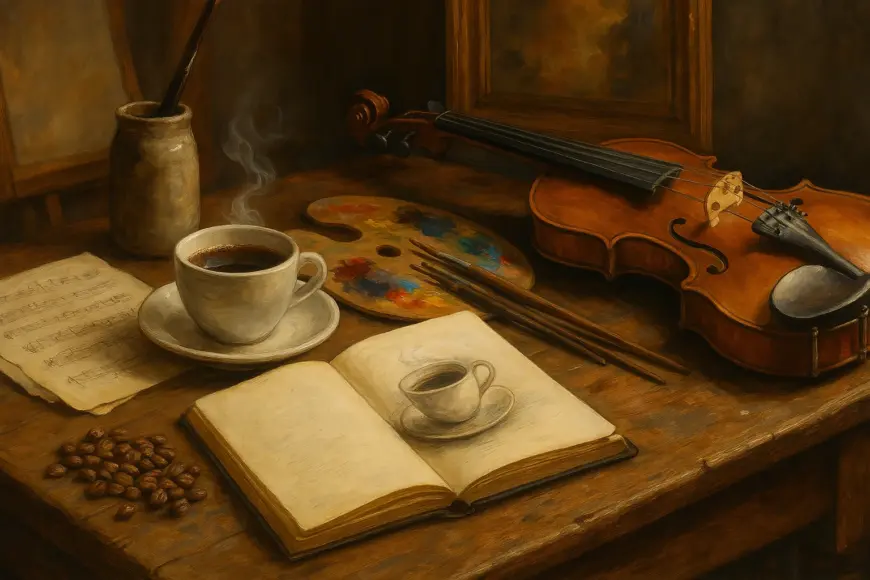

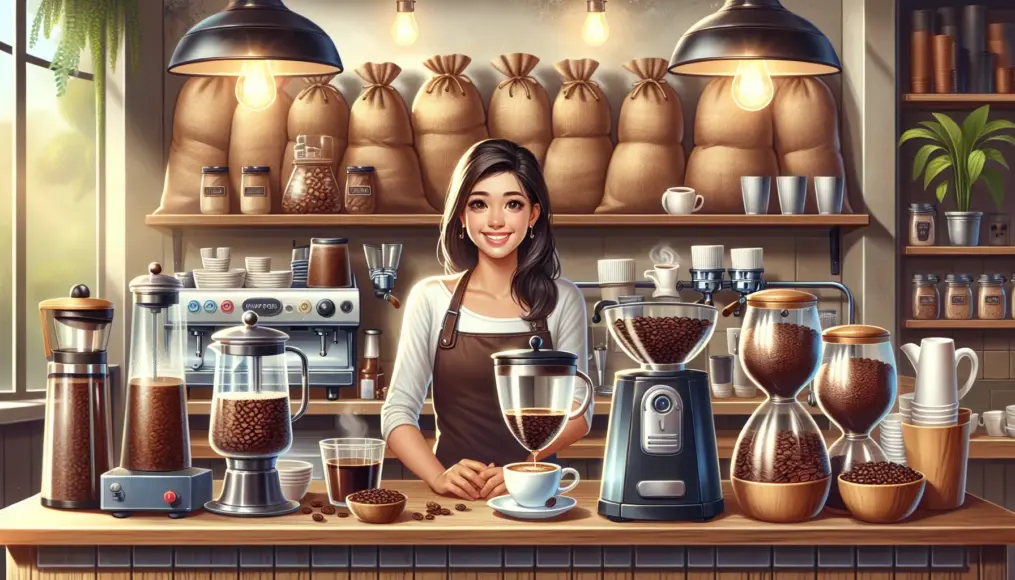
Comment